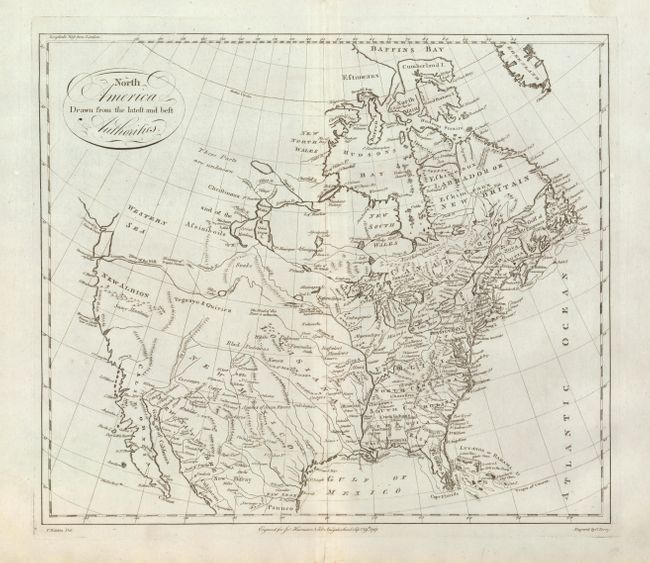Catalog Archive


Auction 134, Lot 103
"North America Drawn from the Latest and Best Authorities", Kitchin, Thomas

Subject: North America
Period: 1787 (dated)
Publication:
Color: Black & White
Size:
15.3 x 13.2 inches
38.9 x 33.5 cm
Download High Resolution Image
(or just click on image to launch the Zoom viewer)
(or just click on image to launch the Zoom viewer)